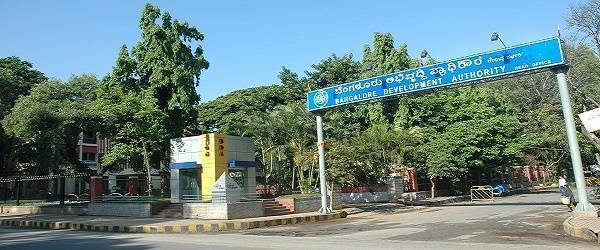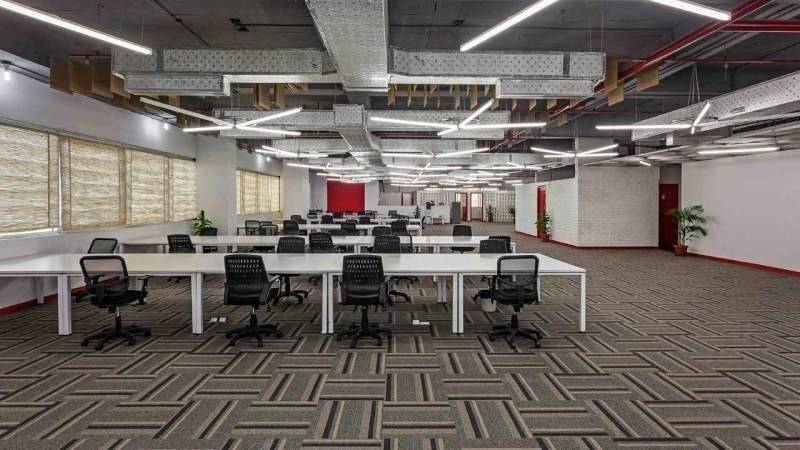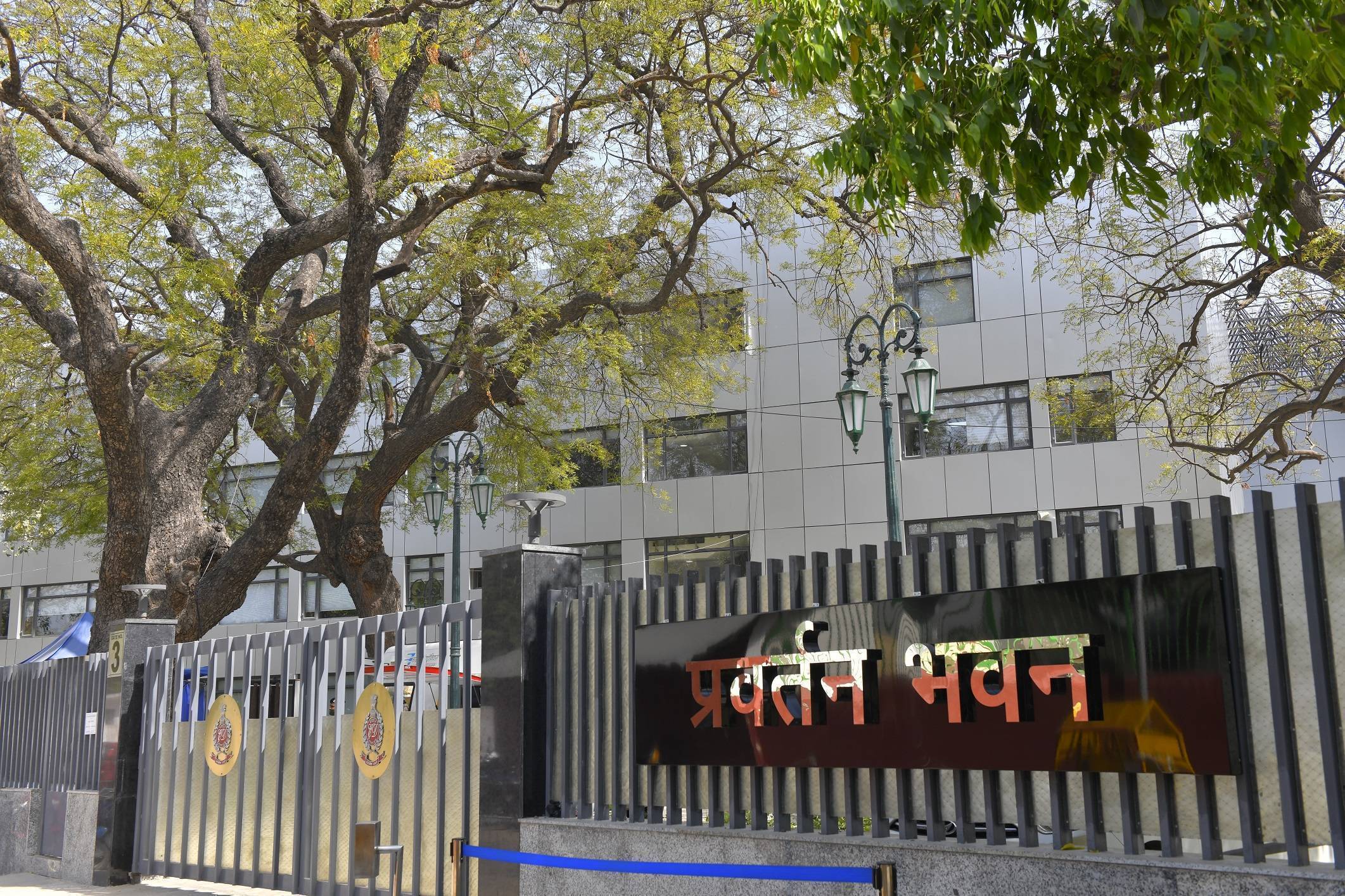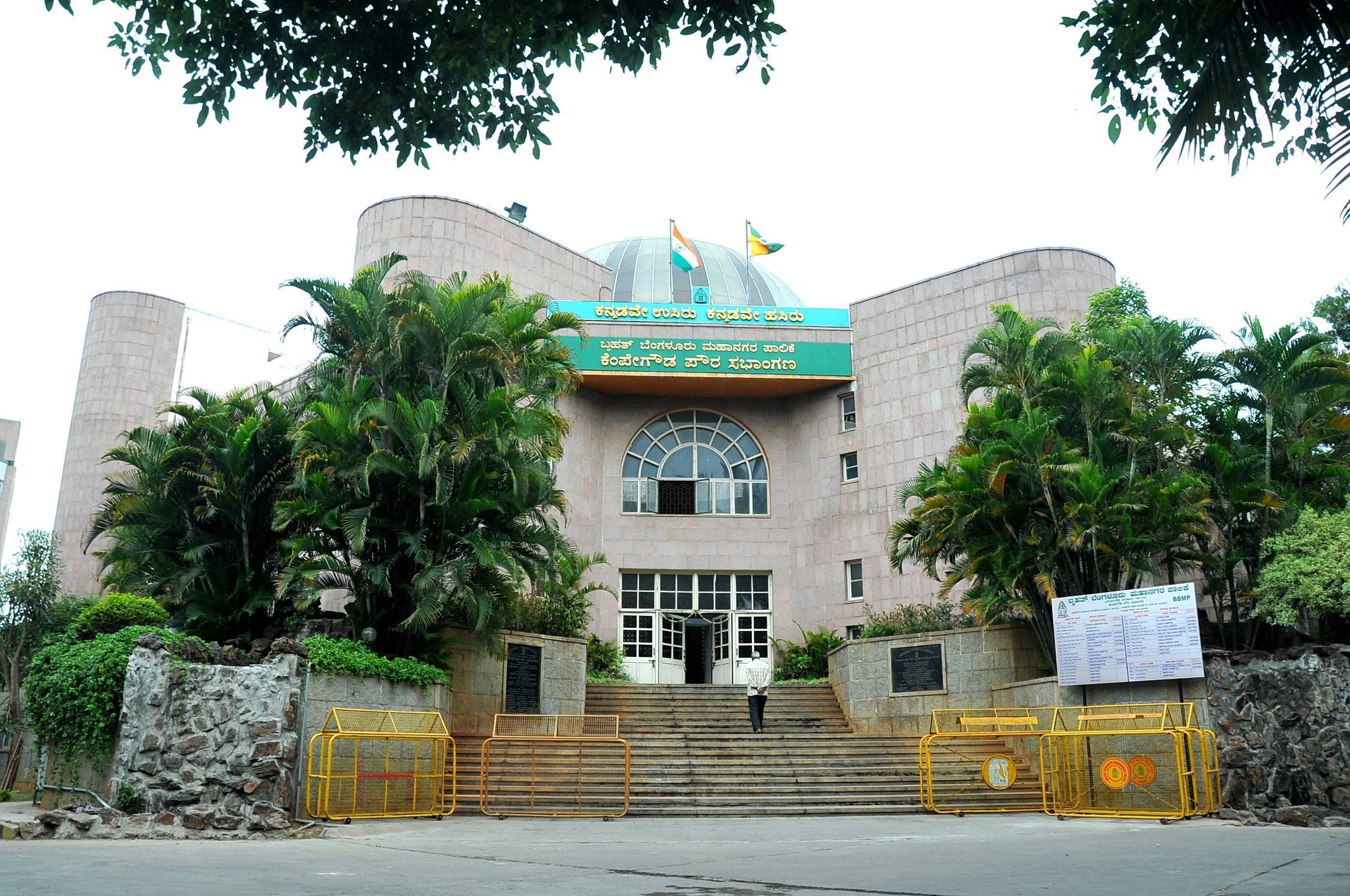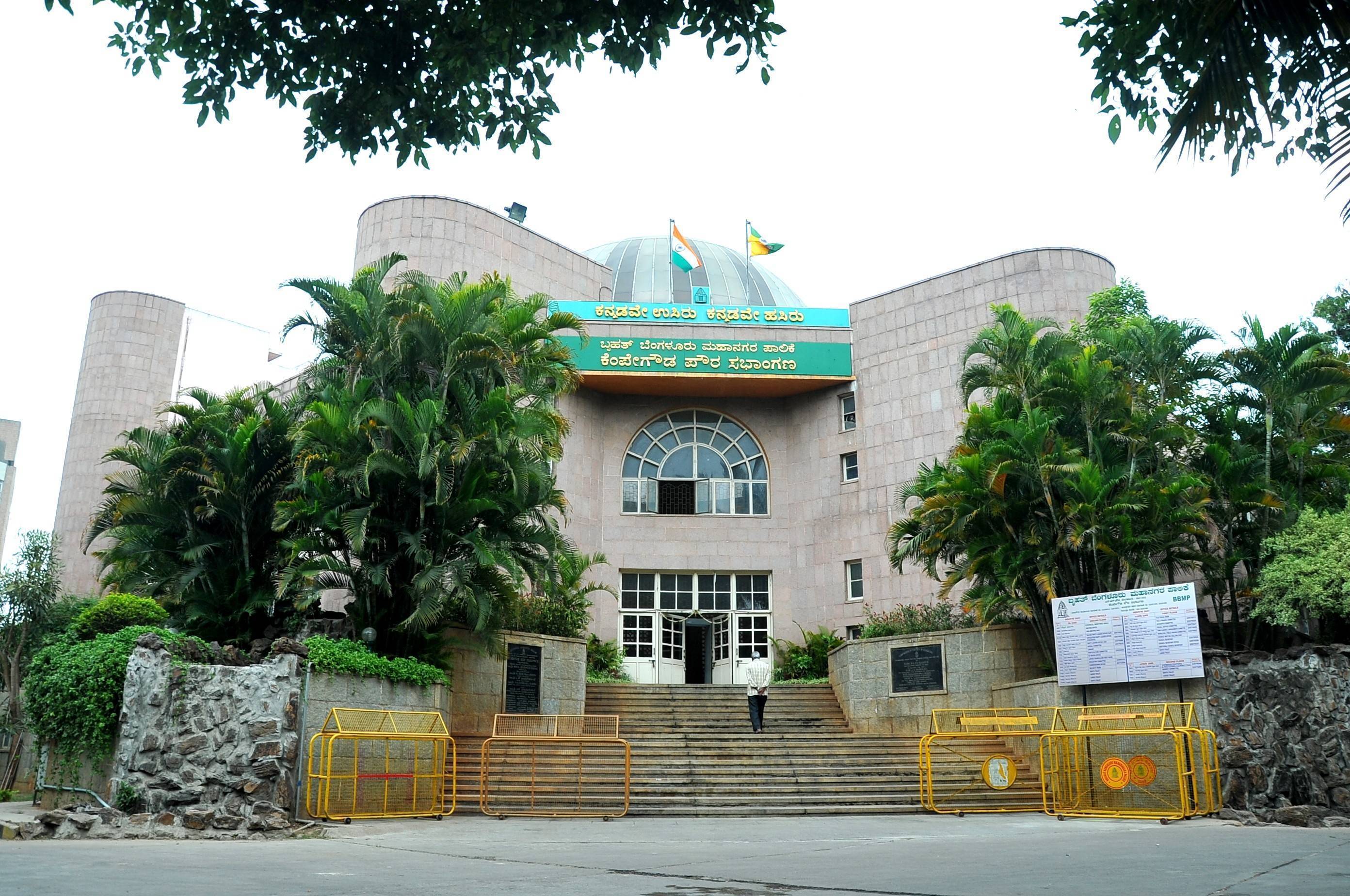The Karnataka government has formally introduced the Greater Bengaluru Authority (GBA) as the new civic body responsible for managing Bengaluru’s urban affairs. This development follows the enactment of the Greater Bengaluru Governance Act, 2024, which came into effect after being passed by the state legislature and receiving the Governor’s assent. With this, the Bruhat Bengaluru Mahanagara Palike (BBMP), which governed the city for years, has officially been dissolved.
On May 15, 2025, Chief Minister Siddaramaiah announced the implementation of the Act and confirmed that the GBA would now serve as the primary civic agency for the city. “From today, the Greater Bengaluru Authority is coming into effect. The BBMP will no longer exist. Henceforth, it will be known as Greater Bengaluru. I will be the Chairman of it,” the Chief Minister said during the announcement.
Structural Changes Under the Act
The Greater Bengaluru Governance Act introduces a new administrative framework. Under the new structure, Bengaluru will be managed by multiple municipal corporations instead of a single entity. Each corporation will have its own elected mayor and be responsible for a defined zone. These bodies will operate under the oversight of the GBA, which is intended to serve as the central authority coordinating city-wide urban development, service delivery, and infrastructure management.
The GBA will oversee the activities of these municipal corporations and issue binding directives to ensure that planning, execution, and governance remain consistent across the metropolitan region.
The idea behind this structure is to respond to the city’s growing urban challenges, which include increasing population density, strained infrastructure, and fragmented service delivery. Bengaluru has long faced governance hurdles due to overlapping jurisdictions and lack of coordination among multiple agencies. The formation of the GBA is seen as a step towards addressing some of these issues.
Status of Expansion Plans
Though the original proposal under the Greater Bengaluru Governance Bill aimed to increase the administrative boundary to over 1,000 square kilometres—incorporating many villages and peri-urban areas—the government has decided to retain the current BBMP boundaries for now. This means the area governed by the GBA will initially continue to be about 709 square kilometres.
Villages outside this jurisdiction will remain under the governance of gram panchayats. According to state officials, any future plans for expanding the GBA’s area will be carried out in a phased manner, and only after formalising new regulations.
Integration of Transport and Land Use Functions
The GBA also incorporates several provisions of the Bengaluru Metropolitan Land Transport Authority (BMLTA), a body set up to coordinate transport infrastructure and services. This includes collaboration with agencies like the Bengaluru Metropolitan Transport Corporation (BMTC), Bengaluru Metro Rail Corporation Limited (BMRCL), and the Bangalore Development Authority (BDA).
By bringing together these agencies under a single authority, the GBA is expected to improve coordination and reduce delays caused by fragmented planning. However, experts have expressed concerns about the lack of clear guidelines on how land use and transport integration will be achieved under the new system.
Satya Arikutharam, former chief technical advisor to the Karnataka government, noted that lack of integration between development and transport has already caused long-term issues in parts of the city. “Take Whitefield, for example. Development happened without coordinated transport planning, and now the area faces traffic and connectivity issues,” he said. Arikutharam also warned that if the GBA sidelines the planning role of BMLTA, it could create further gaps in long-term urban development.
Potential Impact on Real Estate
One of the sectors expected to feel the effects of the new governance structure is real estate. Experts suggest that bringing peripheral areas into the city’s formal administrative framework could increase land values in those zones. With the official status of such areas changing from rural to urban, infrastructure development and service delivery may also see an uptick.
According to citizens, changing city boundaries can affect real estate prices. When nearby areas become part of the city, land prices in those places usually go up. This also affects other nearby areas where land is already expensive because people expect growth. However, experts have cautioned that such changes must be backed by strong institutional coordination and planning to ensure long-term benefits for both the real estate sector and residents.
Next Steps
The exact geographical boundaries of the GBA are yet to be finalised. Officials have stated that this process will require consultations and careful planning to avoid overlaps and confusion. Meanwhile, the newly created municipal corporations under the GBA are expected to be operational soon, with elections likely to follow after necessary administrative preparations.
Urban governance in Bengaluru has been a contentious issue for decades, with repeated calls for reform. Whether the Greater Bengaluru Authority will succeed where past structures struggled remains to be seen, but the framework laid out under the 2024 Act marks a clear departure from previous models of administration.

